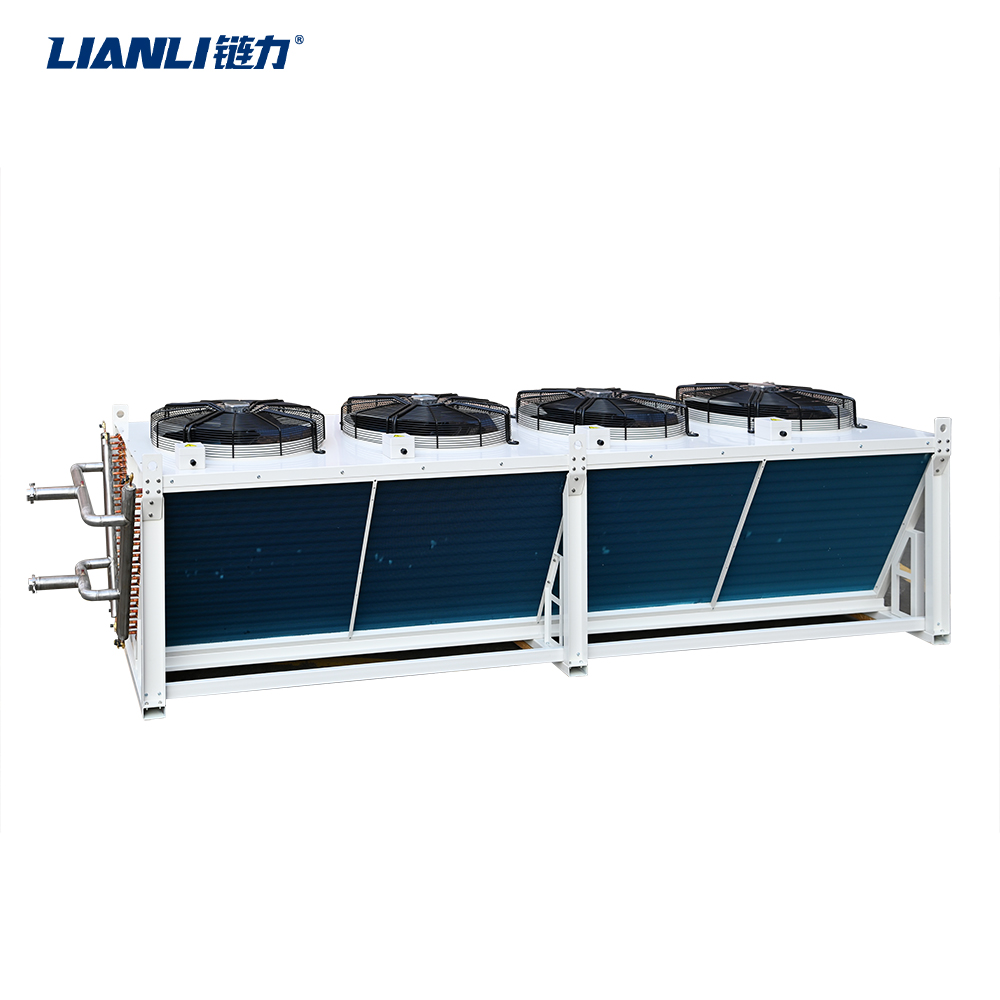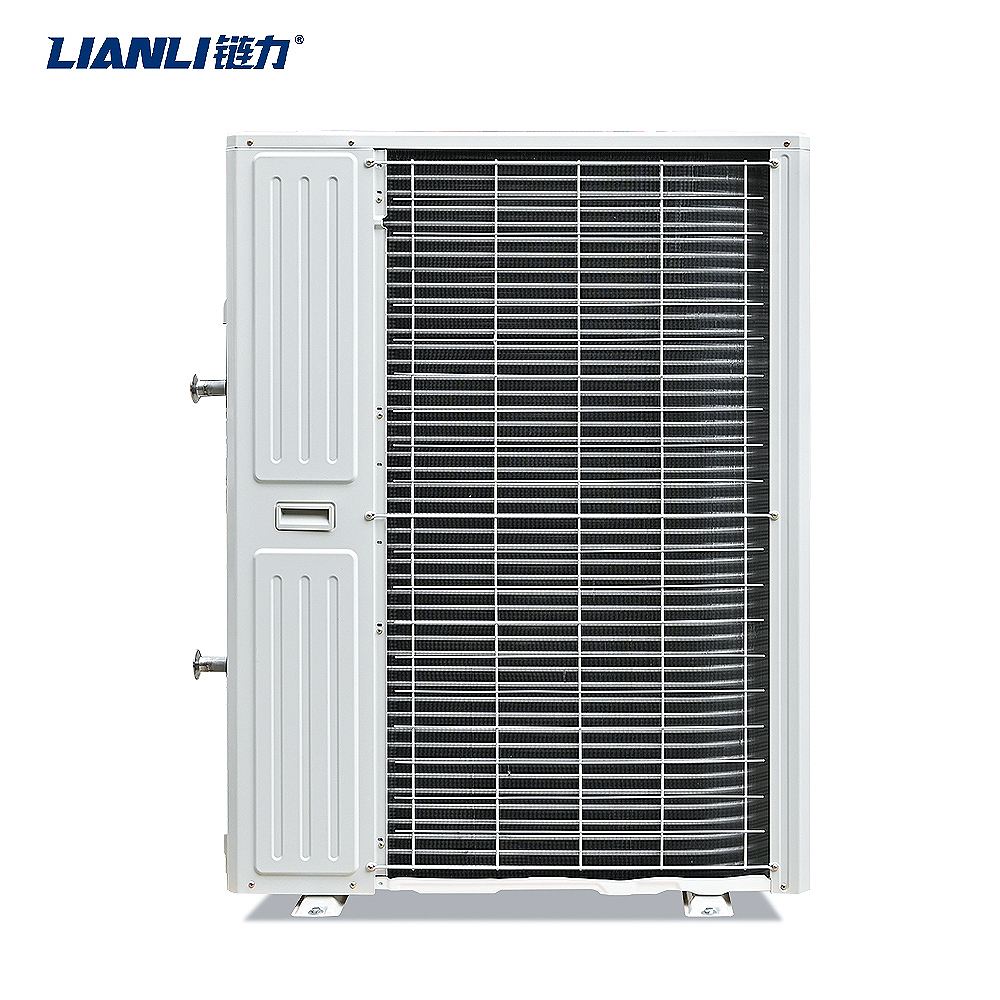Miner S21e Hyd.+: Why Mining Companies Are Prioritizing Water Cooling .for Mining Hardware Cooling Innovation
The cryptocurrency mining landscape is undergoing a significant transformation, driven by the relentless pursuit of efficiency, performance, and sustainability. As mining hardware becomes increasingly powerful, generating immense amounts of heat, traditional air cooling solutions are reaching their limits. In response, forward-thinking mining operations are turning to advanced thermal management strategies, with water cooling emerging as the frontrunner. At the heart of this shift is the introduction of specialized hardware like the Miner S21e Hyd.+, a model explicitly designed to leverage the superior cooling capabilities of liquid systems.
The Heat Challenge in High-Performance Mining
Modern ASIC miners, such as those powering Bitcoin networks, operate at extreme computational loads. This intense processing generates substantial heat, which, if not effectively dissipated, leads to thermal throttling, reduced hash rates, shortened hardware lifespan, and increased failure rates. Air cooling, while simple and cost-effective initially, struggles to manage the concentrated heat output of high-density mining rigs efficiently. The need for massive airflow often results in high noise levels and significant energy consumption dedicated solely to cooling fans, diminishing overall operational efficiency (PUE – Power Usage Effectiveness).
Why Water Cooling? Superior Heat Transfer and Efficiency
Water cooling offers a compelling solution to these challenges. Water has a significantly higher specific heat capacity and thermal conductivity compared to air. This means it can absorb and transfer heat much more effectively. For mining hardware like the Miner S21e Hyd.+, which is engineered for water cooling, this translates into several key advantages:


 Conclusion: The Future is Liquid
As the mining industry evolves, the focus on operational efficiency and environmental impact intensifies. Water cooling, exemplified by advanced hardware like the Miner S21e Hyd.+, is no longer a niche solution but a strategic imperative for competitive mining operations. The superior thermal performance, energy savings, noise reduction, and potential for heat reuse offered by water-cooled systems provide a clear path towards more sustainable, reliable, and profitable mining. The adoption of the Miner S21e Hyd.+ and similar technologies signifies a pivotal shift, where effective cooling innovation is as critical as raw computational power in determining mining success.
Conclusion: The Future is Liquid
As the mining industry evolves, the focus on operational efficiency and environmental impact intensifies. Water cooling, exemplified by advanced hardware like the Miner S21e Hyd.+, is no longer a niche solution but a strategic imperative for competitive mining operations. The superior thermal performance, energy savings, noise reduction, and potential for heat reuse offered by water-cooled systems provide a clear path towards more sustainable, reliable, and profitable mining. The adoption of the Miner S21e Hyd.+ and similar technologies signifies a pivotal shift, where effective cooling innovation is as critical as raw computational power in determining mining success.
- Enhanced Thermal Management: Liquid cooling systems can maintain the Miner S21e Hyd.+ at consistently lower operating temperatures, even under full load. This prevents thermal throttling, allowing the miner to sustain its peak hash rate for longer periods.
- Increased Hardware Longevity: By minimizing thermal stress on critical components like ASIC chips and power supplies, water cooling significantly extends the operational lifespan of the Miner S21e Hyd.+. Cooler operating temperatures reduce the rate of component degradation.
- Improved Energy Efficiency (Lower PUE): Water cooling systems are generally more energy-efficient at removing heat than large arrays of high-speed fans. This reduces the auxiliary power required for cooling, leading to a lower PUE, a crucial metric for profitable mining operations. The Miner S21e Hyd.+ exemplifies this efficiency gain.
- Reduced Noise Pollution: Eliminating or drastically reducing the need for loud cooling fans makes water-cooled setups like those utilizing the Miner S21e Hyd.+ much quieter, a significant benefit for facilities located near residential areas or requiring a quieter operational environment.
- Potential for Higher Density Deployments: Efficient heat removal allows for closer packing of mining hardware. Facilities using Miner S21e Hyd.+ units can potentially achieve higher computational density per square foot compared to air-cooled setups, optimizing space utilization.
- Heat Reuse Opportunities: The heated water from the cooling loop can be captured and repurposed for space heating, industrial processes, or even greenhouse agriculture, adding another layer of sustainability and potential revenue stream.


 Conclusion: The Future is Liquid
As the mining industry evolves, the focus on operational efficiency and environmental impact intensifies. Water cooling, exemplified by advanced hardware like the Miner S21e Hyd.+, is no longer a niche solution but a strategic imperative for competitive mining operations. The superior thermal performance, energy savings, noise reduction, and potential for heat reuse offered by water-cooled systems provide a clear path towards more sustainable, reliable, and profitable mining. The adoption of the Miner S21e Hyd.+ and similar technologies signifies a pivotal shift, where effective cooling innovation is as critical as raw computational power in determining mining success.
Conclusion: The Future is Liquid
As the mining industry evolves, the focus on operational efficiency and environmental impact intensifies. Water cooling, exemplified by advanced hardware like the Miner S21e Hyd.+, is no longer a niche solution but a strategic imperative for competitive mining operations. The superior thermal performance, energy savings, noise reduction, and potential for heat reuse offered by water-cooled systems provide a clear path towards more sustainable, reliable, and profitable mining. The adoption of the Miner S21e Hyd.+ and similar technologies signifies a pivotal shift, where effective cooling innovation is as critical as raw computational power in determining mining success. 



